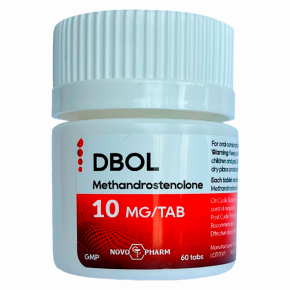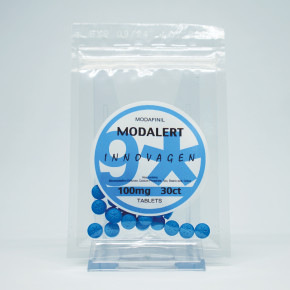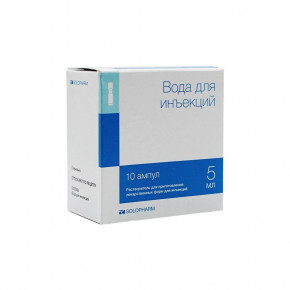Zopiclone is one of the most potent compounds that can save the day and get your sleep routine back on track. We believe that the whole “addiction” mess is caused by the fact that the right and effective way to take Zopiclone and other benzos is overshadowed by the media drama.
You already know where to buy Zopiclone in Canada. Now, here’s how to take Zopiclone right to get your sleep schedule back together and avoid the risks.
What is Zopiclone?
First of all, you should know it deeper than just sleeping pills or a Z-drug. Zopiclone belongs to a class of nonbenzodiazepines: these compounds affect the GABA neurotransmitters in your brain, but are different from the infamous «benzos» on a molecular level.
Does it make a lot of difference? Probably not. They’re still quite alike.
The Benefits of Zopiclone
You can fall asleep in 15 minutes after going to bed. Guaranteed. That’s the primary goal of sleeping pills, and Zopiclone does its job flawlessly.
Zopiclone acts as a sedative: it intervenes in the way your brain transmits information to the central nervous system and slows the whole process down. You get:
- Reduced anxiety;
- Less chaotic thoughts;
- Faster sleep onset (15 minutes or so);
- Better night time’s rest;
- The feeling of being well-rested the next morning.
In simple terms, you just RELAX: that’s what your body needs to safely and calmly fall asleep.
The Side Effects of Zopiclone
If all the effects above sound familiar, you’re right: Zopiclone is largely similar to Lorazepam and other benzodiazepines.
The class of benzodiazepines is criticized for two things:
- They can be addictive;
- They’re risky in terms of abuse and long-term consequences.
As you could read in our guide to Lorazepam use for anxiety and sleep issues treatment, those drugs work ONLY if you take them right.
How to Take Zopiclone Right
Step by step, here are some actions to take and questions to ask yourself, in order to safely approach this compound:
Step Zero: Make Sure You Can Take it
The contraindications include:
- Long-term use of any other benzodiazepine (or similar) compounds;
- Liver or kidney health issues, the chronic ones;
- Myasthenia;
- Sleep apnoea (seriously, this thing is more damaging to your heart than you might think, and Zopiclone will only make it worse);
- Mental health issues (like, serious ones);
- Addictions to alcohol or drugs.
Keep in mind that Zopiclone can cause dependency if you’re prone to it, and dependency leads to higher doses if you lose control. The right doses, though, are the key to successful Zopiclone treatment.
Step One: Determine the Right Dose for Zopiclone
All effects of Zopiclone are dose-dependent. However, all reasons for insomnia are different. Unless you talk about the whole thing with your doc and they prescribe you a well-determined dose, there’s no way to be sure. They’re most likely to prescribe you 3.75 for starters and raise it to 7.5 (the max dose legally) if half of it won’t work, though.
We suggest either talking to your doc or approaching Zopiclone in a low and slow manner:
- Start with a mere 1/4th of the pill, about 2mg. It’s unlikely to do anything, but if you have intolerance or if you’re allergic to the compound (swelling, rashes are possible, rarely), you’ll have less problems the next day;
- If you’re fine with 1/4th — good for you! If not (and most likely, you’re not), go for the standard dose: 3.75mg, half a pill. It has higher chances to help;
- Still nothing? Ok, you’ve got to go higher: you can do it either gradually (3/4th of a pill) or jump right to the 7.5mg (one full tablet) right ahead.
7.5 mg is the highest you can go legally in most countries, Canada and the United States included. It’s a full-scale higher dose, so it’s almost guaranteed to work, unless you respond poorly to Zopiclone or have a tolerance to it.
Step 3: Determine the Treatment Length
No, you can’t take Zopiclone every day forever. In fact, you can’t take it every day even for one week.
The optimal Zopiclone administration frequency is 3-4 times a week. The optimal treatment length is 2 to 4 weeks at a time.
Why You Should Be Careful With Zopiclone — Side Effects
In case you start taking higher, unhealthy doses, way more than stated above or prescribed, the prolonged GABA enhancement will result in side effects:
- Memory loss;
- Delirium;
- Irritation;
- Depression;
- Hallucinations and delusions;
- Speech impairment;
- Brain fog;
- Shakes and tremors;
- Severe anxiety.
It's a sad list of effects, but that’s exactly what Zopiclone abuse does and what causes all the backlash in the media. If you’re in charge of your treatment and you know what you’re doing, when you need it, and how much, you can avoid them.
Final Word
Just as pretty much any other medicine, Zopiclone should be taken precisely in accordance with the prescription. Don’t take higher doses, don’t mix it with alcohol or drugs, and you’re good to go to enjoy falling asleep in minutes instead of hours.

 Trusted by 50,000 Customers
Trusted by 50,000 Customers





























